Bundles of Engagement with Digital Signage and HTML5
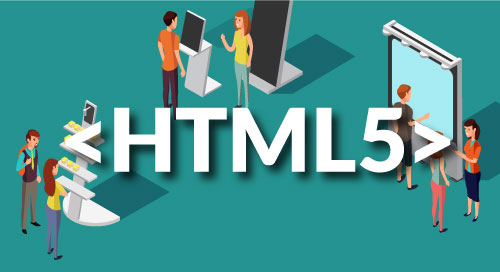
If I asked you about the state of brick-and-mortar retail, you’d probably say, “Declining.” If I asked which generation of shoppers visited physical stores more than once a week, you’d most likely think “Baby Boomers.” In both cases, you’d be wrong.
According to research cited in a recent Forbes article, physical retail store openings are actually increasing by 50 percent year-over-year. Meanwhile, a survey reviewed on Grow Wire indicated that more than half of millennials visit a physical retail space (not including grocery and convenience stores) at least once a week, which is twice the number of Baby Boomers (Figure 1).
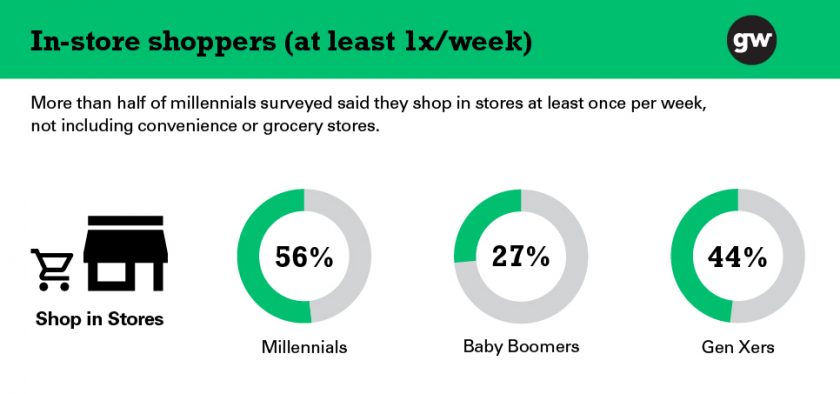
The caveat is that millennials want convenient in-store shopping and to enjoy immersive technology experiences that showcase products. This means that modern retailers not only have to deploy digital signage platforms that are sleek and interactive, but also multimedia content that is captivating, engaging, and helps drive purchasing decisions. Read Find the Perfect Fit with Real-Time Analytics to learn more.
HTML5: Multimedia for Millennials
Now, innovative retailers are beginning to take advantage of these opportunities with off-the-shelf signage solutions and HTML5.
HTML5 is the latest version of the HTML standard used by webpages worldwide, offering significant advantages over its predecessors. Among these are improved semantics for cleaner, neater, more consistent code, and offline application caching that allows users to visit a webpage even if they are temporarily offline.
But the biggest improvement in HTML5 by far is support for rich multimedia.
Adobe Flash plugin technology has been used to deliver audio and video over the Internet for decades. With HTML5, developers now have a new and improved open-source technology capable of multimedia playback with straightforward tags (<video> or <audio>, for example). It also allows users to add extra flair like games, special effects, customized video players, and so on, with a few lines of JavaScript (Figure 2).

For retailers, HTML5 is a winner on multiple levels. Rather than relying on buggy Flash technology or proprietary multimedia playback solutions, they can deliver immersive multimedia content across their web infrastructure using an open-source standard. And since HTML5 code is highly portable, networked digital signage players can be considered part of that multimedia-centric web infrastructure.
A Bundle of Engagement
One robust, connected retail digital signage solution that supports HTML5-based multimedia content development is the Seneca and Navori Digital Signage Bundle from Arrow Electronics as shown in Figure 3.
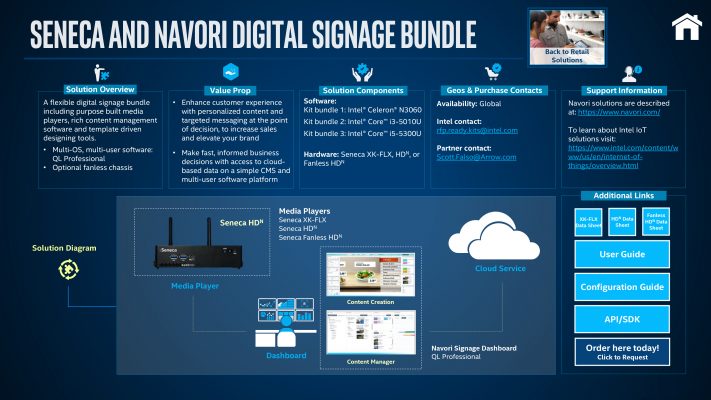
The Seneca and Navori Digital Signage Bundle provides end-to-end digital signage platform capabilities. An Intel® IoT RFP Ready Kit, the Bundle integrates a commercially hardened hardware and software stack that is purpose-built to address the needs of the digital signage market. It also means that the solution has been optimized for IoT deployment.
A major advantage of the Seneca and Navori Digital Signage Bundle is the integration of Navori’s QL Professional digital signage software. QL Professional is a content development, management, and publishing software suite that allows users to deploy content across any number of digital displays.
As it is based on HTML5, retail marketers can easily customize and embellish their multimedia content through a graphical, web-based user interface and be assured of compatibility with Android, Windows, Samsung Tizen, or LG WebOS-based media player (Figure 4).
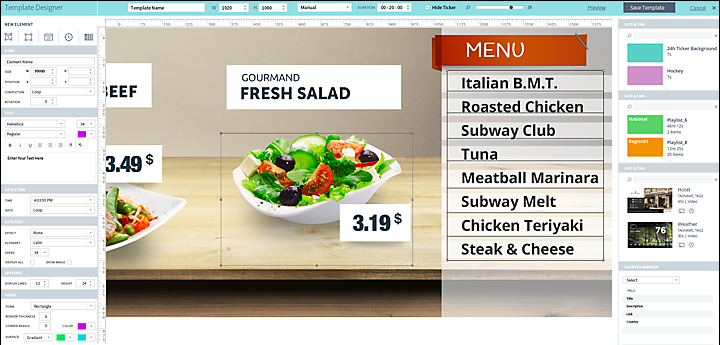
QL Professional is a multi-tenant solution that can be hosted on-premises or through third-party cloud services such as Microsoft Azure and Amazon AWS. In addition to creating content and atomically deploying it across multiple departments, locations, or display types, retail marketers can also use QL Professional’s multi-tenant cloud-based content management system to access playback reporting metrics (Figure 5).
As a result, underperforming content can be quickly updated, while the best-performing content can be distributed to more areas.

From a hardware perspective, the Seneca HDN, Seneca Fanless HDN, and Seneca XK-FLX media players provide scalable compute performance from Intel® Celeron® to Intel® Core™ i5-based processors. Each of the players is equipped with support for at least two displays, Ethernet and Wi-Fi connectivity, and consumes less than 15 W of power.
Of these, the Seneca Fanless HDN is perhaps best suited for entry-level retail deployments. The 7.5"x 2"x 4.3" media player is a ruggedized take on the Intel® Next Unit of Computing (Intel® NUC) platform. Intel NUC platforms have been leveraged as web servers by countless DIYers, making the platform more than capable of running HTML5 content (Figure 6).
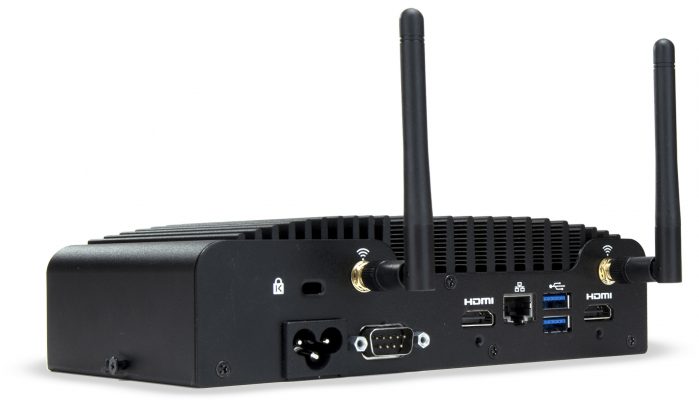
The Seneca Fanless HDN supports up to a 7th generation Intel® vPro™ processor with integrated Intel® HD 620 Graphics. In terms of performance, this translates into the ability to drive dual 4K displays simultaneously in portrait or landscape orientation at 1x 2160p/60 fps, 2 x 2160p/30 fps, or 2 x 1080p/60 fps resolutions.
The VESA wall-mountable digital signage platform features a completely solid-state design and internal power supply, allowing it to withstand dirt, dust, grease, and grime common in retail environments. On top of that, the Seneca Fanless HDN is available with a 63-month warranty for the most trying deployment scenarios.
Push Engagement from Web to Register
While industry analysts have been forecasting the end of physical retail for some time, what’s really coming to an end is the lackluster storefront. As the aforementioned data shows, millennials actually enjoy shopping more than other generations do. They simply expect it to be part of an engaging two-way interaction.
HTML5 may be the answer. With the ability to easily port interactive content that web users are familiar with onto connected, embedded devices like digital media players, retailers can develop captivating, interactive content that blends the informative nature of online shopping with the excitement of a physical retail experience.
This requires the right tools. And with Arrow’s Seneca and Navori Digital Signage Bundle, they’re available off the shelf.